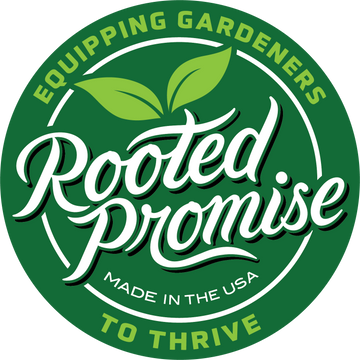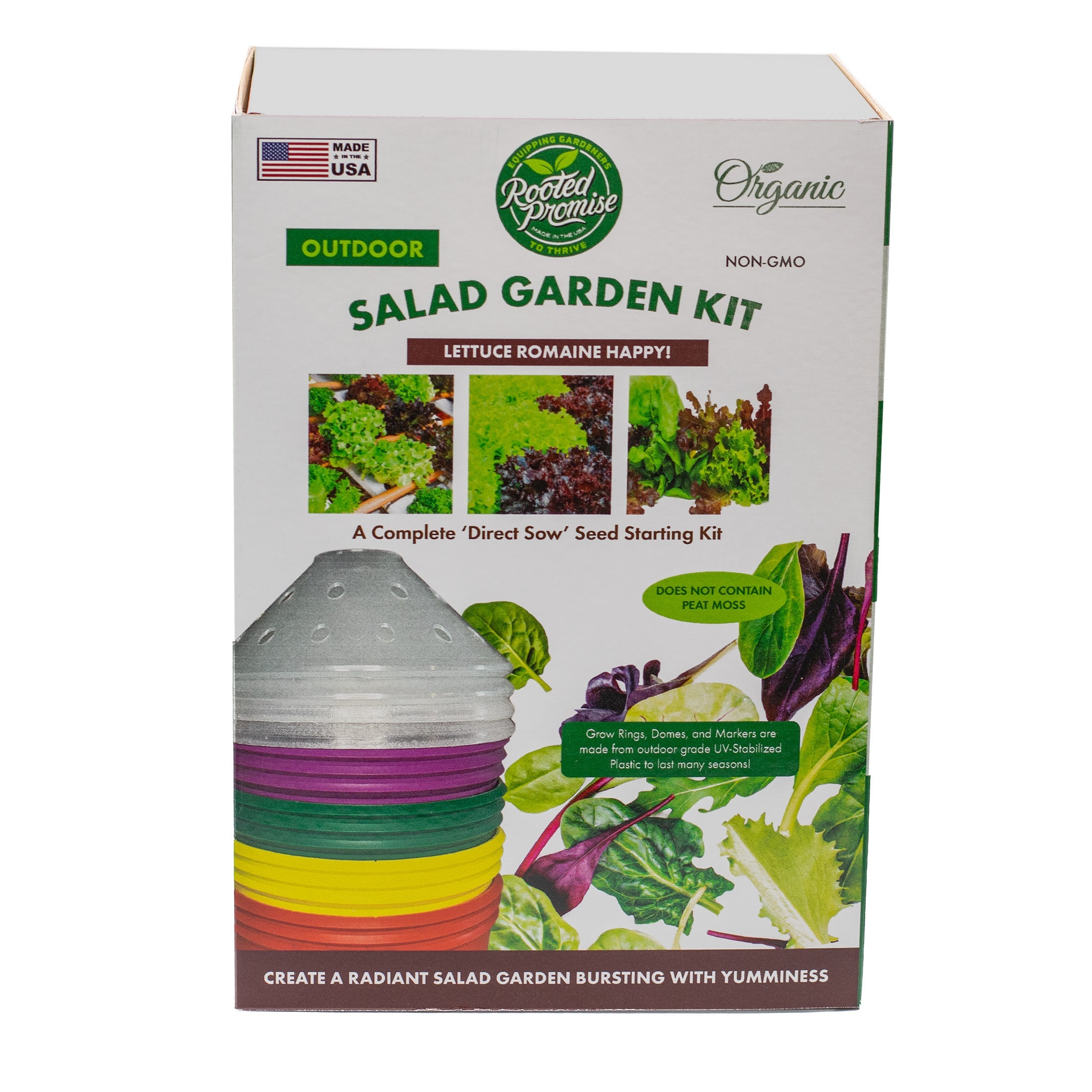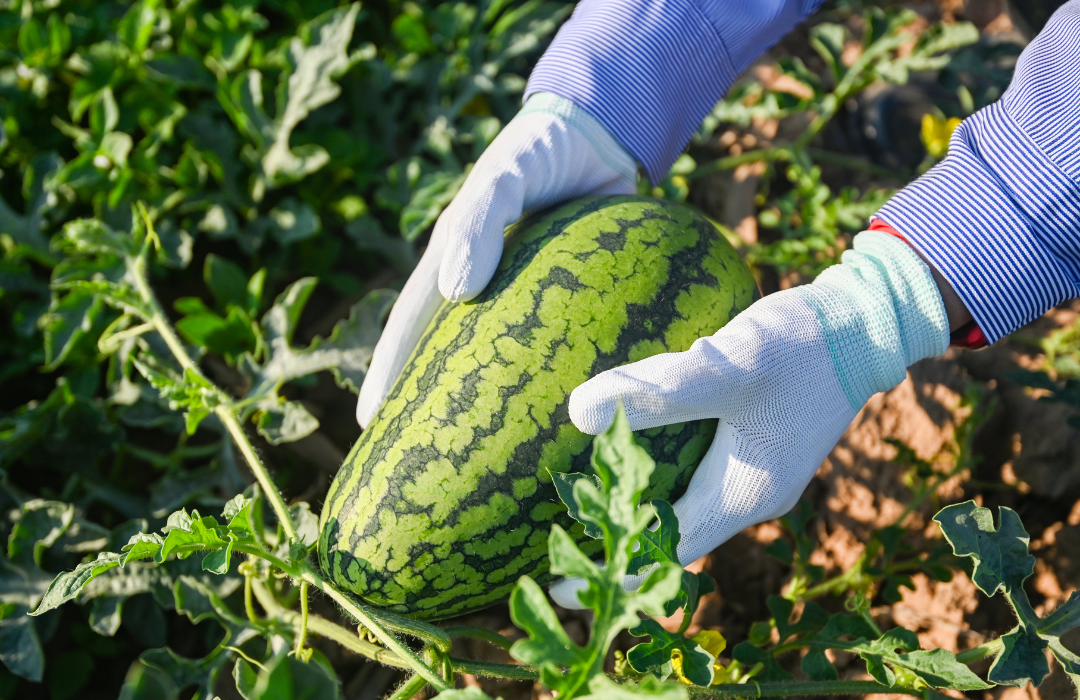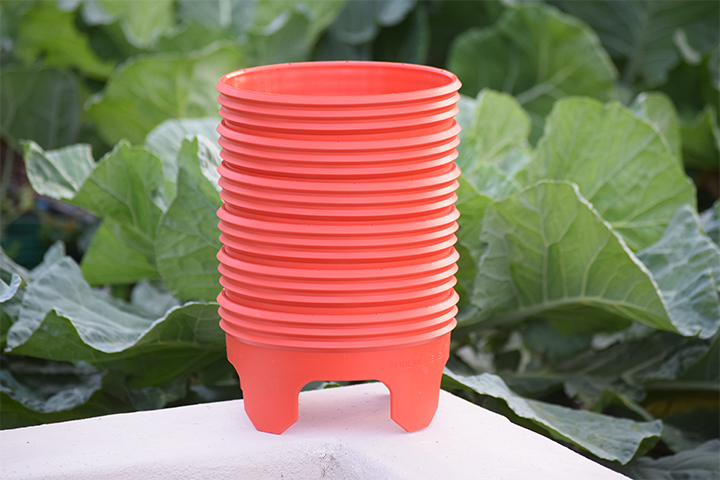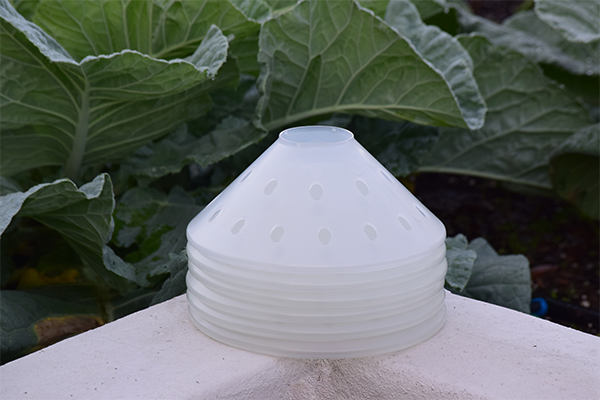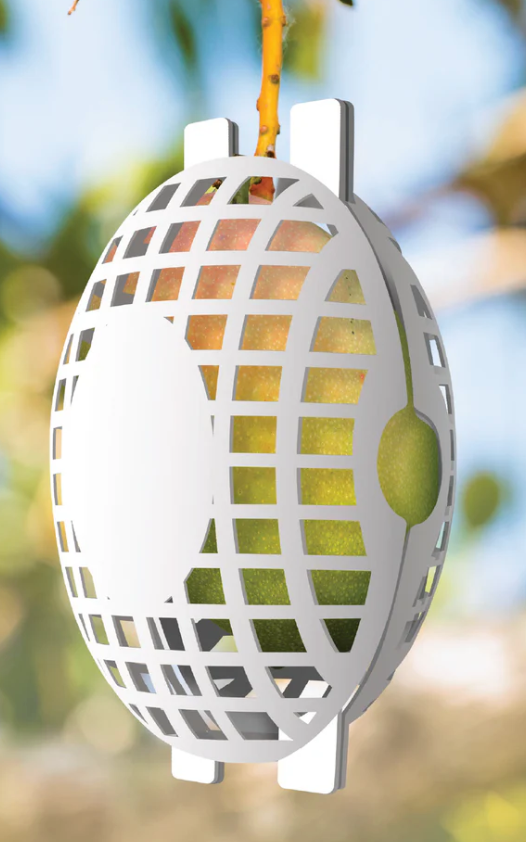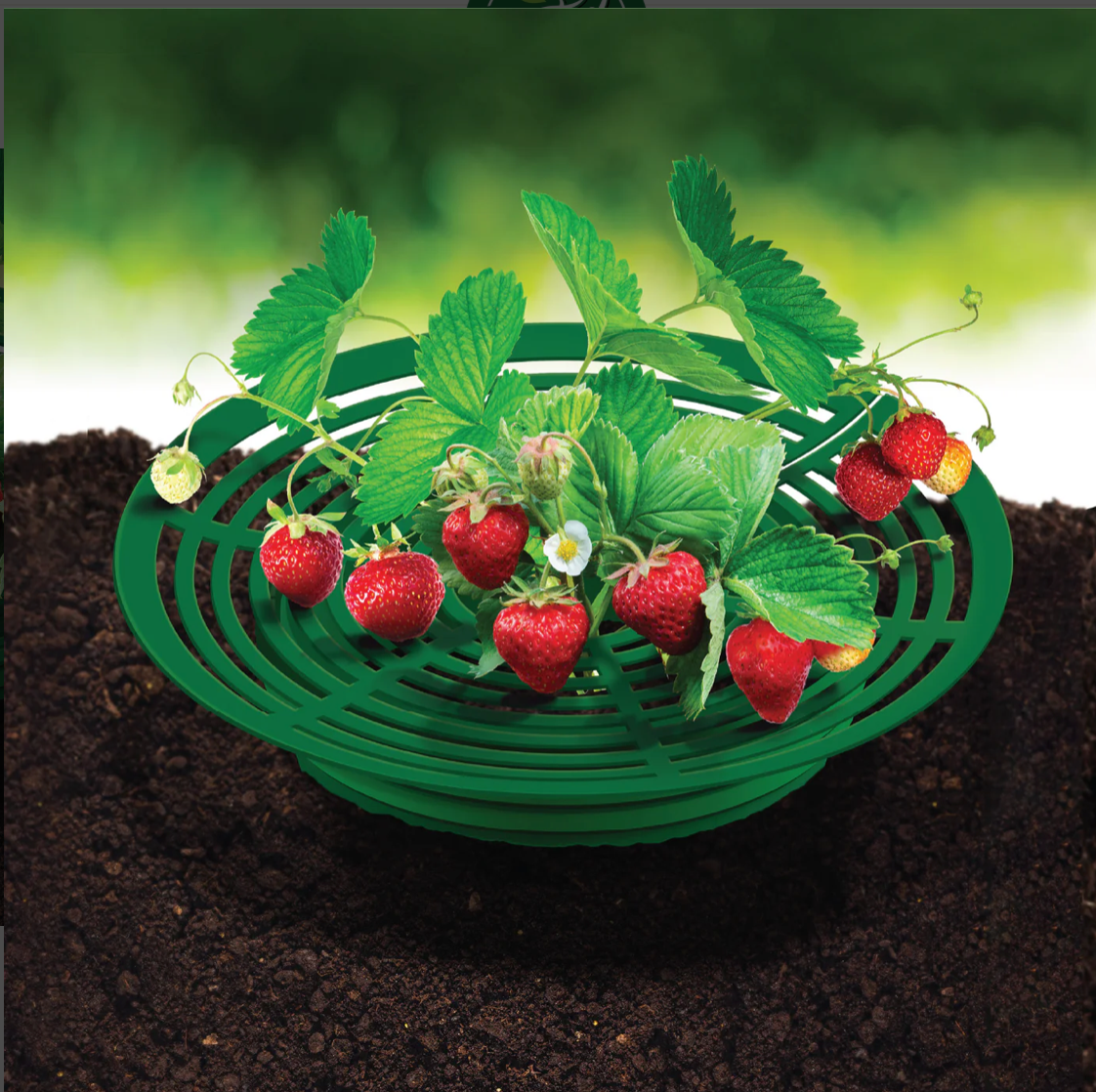Introduction
Have you ever wondered how to grow watermelon in your own garden? August 3rd is National watermelon day, and to celebrate we thought it would be fun to discuss growing this delicious fruit in your own backyard! Planting watermelons in the right spot can be the key to a bountiful harvest. In this article, we will explore the journey of a watermelon from seedling to fruition, sharing expert tips and best practices along the way.
Table of content
-
Understanding Watermelon Basics
-
The Watermelon Growth Cycle
-
Planting Your Watermelon Seeds
-
Caring for Your Watermelon Plants
-
Harvesting Your Watermelons
-
Common Mistakes to Avoid
-
Key Takeaways
-
FAQ
-
Conclusion
Understanding Watermelon Basics
Watermelons are more than just a summer delight; they are a testament to nature's bounty, thriving under specific conditions. These sprawling vines belong to the Cucurbitaceae family, which includes cucumbers, pumpkins, and squash. Known for their sweetness and refreshing qualities, watermelons crave certain environmental factors to flourish.
The Watermelon Growth Cycle
Watermelons go through a fascinating growth cycle. Each stage of development has its own unique requirements and challenges.
Germination
The first stage is germination. Watermelon seeds typically sprout within 3 to 10 days after planting. This stage requires warm soil temperatures between 70°F and 95°F. The emergence of tiny seedlings marks the start of their journey.
Seedling Stage
Once germinated, seedlings spend the next 10 to 14 days developing their first true leaves. During this period, they need plenty of sunlight and regular watering.
Vining Stage
The vining stage is where the magic starts happening. Over the next 4 to 6 weeks, watermelon plants grow vigorously, producing sprawling vines that can extend up to 20 feet.
Flowering and Pollination
About 30 to 50 days into the growth cycle, watermelon plants start flowering. Both male and female flowers appear on the vines, and successful pollination is crucial for fruit development.
Fruit Development
After pollination, it takes approximately 30 to 35 days for watermelons to mature. The fruits start as small pebbles and gradually swell into large, juicy melons. Witnessing this transformation is akin to watching a caterpillar morph into a butterfly—a true marvel of nature.
Planting Your Watermelon Seeds
For successful watermelon cultivation, timing is everything. Plant your seeds in late spring when the soil temperature consistently stays above 70°F. The seeds should be sown about 1 inch deep and spaced 2 to 3 feet apart in rows that are 6 feet apart. This spacing allows ample room for the vines to spread.
For more detailed guidelines on planting techniques, visit the Old Farmer's Almanac.
The Ideal Soil for Watermelons
Watermelons need fertile ground to grow. Rich, well-drained soil with a pH between 6.0 and 7.0 provides the perfect foundation.
Pro Tip: Enhance your soil with organic compost or well-rotted manure to provide essential nutrients and improve drainage.
Sunlight Requirements for Watermelons
Watermelons require full sun—at least 8 hours of direct sunlight per day—to thrive.
For more detailed information on sunlight requirements, visit the Gardening Know How Guide.
Caring for your watermelon plants
Watering
Watermelons require consistent moisture, especially during the fruit development stage. Aim to provide 1 to 2 inches of water per week. However, be cautious not to overwater, as waterlogged soil can lead to root rot. Think of your watermelon plants as athletes—they need hydration but not too much to hamper their performance.
Fertilization
A balanced fertilizer applied every 3 to 4 weeks can enhance growth. Once fruits begin forming, switch to a low-nitrogen formula to encourage strong melon development. For fertilization tips, check out the Penn State Extension.
Pest and Disease Management
Vigilance is key to protecting your plants from pests like aphids and diseases such as powdery mildew. Regularly inspect your plants and use organic pesticides as needed.
Harvesting Your Watermelons
The moment of truth! Harvesting watermelons usually occurs about 80 to 120 days after planting. Look for signs such as a dull skin surface and a hollow sound when tapped. Cutting your first watermelon open is like unwrapping a long-anticipated gift—the reward for months of dedication.
Common Mistakes to Avoid
Here are some common missteps to avoid:
-
Planting Too Early: Wait until the soil temperature reaches at least 70°F.
-
Incorrect Spacing: Space plants about 6 feet apart to allow for sprawling vines.
-
Poor Pollination: Encourage pollinators by planting flowers nearby.
Key Takeaways
- Germination: Takes 3-10 days with warm soil temperatures.
- Seedling Stage: Lasts about 10-14 days.
- Vining Stage: Extends over 4-6 weeks.
- Flowering and Pollination: Occurs around 30-50 days.
- Fruit Development: Takes approximately 30-35 days post-pollination.
- Total Time: 80-120 days from planting to harvest.
- Avoid Mistakes: Plant at the right time, space properly, and ensure good pollination.
FAQ
What are the best soil conditions for growing watermelons?
Watermelons thrive in sandy loam soils with good drainage and a pH level between 6.0 and 7.5. For more information on soil preparation, visit the USDA Natural Resources Conservation Service.
Can I grow watermelons in containers?
Yes, dwarf varieties can be grown in large containers with proper support for the vines. Ensure adequate sunlight and frequent watering.
How long does it take for watermelons to mature?
Watermelons typically take about 70-90 days from planting to harvest, depending on the variety.
How do I know when my watermelon is ripe?
A ripe watermelon will have a yellowish spot where it rests on the ground and produce a hollow sound when tapped.
What are some common pests that affect watermelons?
Aphids, cucumber beetles, and squash bugs are common pests. Use organic pesticides or introduce beneficial insects like ladybugs to control them.
Conclusion
Growing watermelons is a rewarding experience that requires patience, care, and a bit of knowledge. From germination to harvest, each stage presents its own set of challenges and joys. As you embark on this gardening adventure, remember that every bite of your home-grown watermelon will taste all the sweeter because of your efforts.
For additional resources on growing watermelons, you might find valuable insights from the Agriculture News by Agriculture.com.
